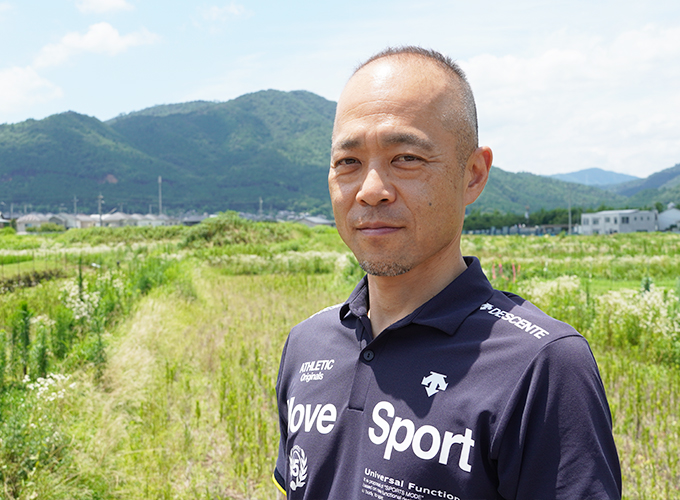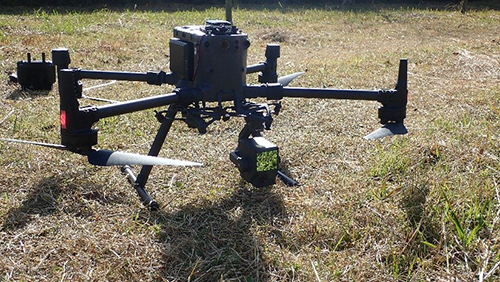Hideyuki Niwa
Professor, Doctor of Global Environmental Studies
- niwa.hideyuki

- Areas of Research
- Landscape Ecology, Vegetation Science, Conservation Ecology, Remote Sensing
- Profile
- Research
-
Born and raised in Nagaokakyo City, Dr. Hideyuki Niwa received his Ph.D. from the School of Global Environment Studies at Kyoto University.
He worked as a director at Macrovision Urban Planning and Architecture Ltd. and served as the Chairman of the Board of Directors at the Nonprofit Organization for Region and Agriculture Design. Following this, he entered Meijo University, where he served as a part-time lecturer.
Dr. Niwa now teaches Conservation Ecology Arborology Lab, Landscape Ecology, Landscape Ecology Lab (major studies, graduation research), and Startup Seminar at Kyoto University of Advanced Science, Kameoka Campus. -
Dr. Niwa conducts research to evaluate the condition of the natural environment by using both field surveys focusing on vegetation and remote sensing drones. This research focuses on rivers and covers all fields, including forests and farmland. The research results are expected to be used in local conservation activities. Dr. Niwa is involved in the management of conservation activities in various areas, using his actual research findings as tools for further research.
One of the advantages of using drones for natural environmental research is that they provide high spatial resolution images. Another advantage is the timeliness in which images can be taken (for the budding of a flower, for example) and the ease of repeated imaging and time-lapse observation due to its low operating cost. Furthermore, in recent years, the variety of sensors that can be mounted on drones has increased, making it possible to evaluate vegetation using near-infrared sensors.
Please find details on my research below:
-Timeliness
Using AI to understand the distribution of Rhododendron reticulatum
https://www.jstage.jst.go.jp/article/jjfs/104/1/104_50/_article/-char/enComposing phytosociological vegetation maps using LARS
https://www.jstage.jst.go.jp/article/jale/25/2/25_193/_article/-char/enEffects of deer on wetlands
https://link.springer.com/article/10.1007/s10344-020-01450-6Extraction of tea gardens with reduced agricultural chemicals via drones
https://link.springer.com/article/10.1007/s11355-021-00454-x-Temporal Observations (high time resolution)
Relationship between cultivation during the non-irrigation season and frog distribution
https://www.jstage.jst.go.jp/article/arp/39/2/39_148/_article/-char/enEuphorbia adenochlora in the Honme River
https://www.jstage.jst.go.jp/article/ece/23/1/23_37/_article/-char/en-Diversification of sensors (Infrared sensor, LiDAR)
Health examination of mangrove forests
https://www.jstage.jst.go.jp/article/ece/23/2/23_395/_article/-char/enImpact assessment of storm surge by typhoon on coastal pine forests
https://link.springer.com/article/10.1007/s11355-022-00525-7River temperature estimations
https://onlinelibrary.wiley.com/doi/10.1002/rra.4027Assessment of growing location of disturbance-dependent species
https://link.springer.com/article/10.1007/s10661-022-10221-6Acquisition of forest inventory of mangrove forests
https://www.mdpi.com/2072-4292/15/4/1033Understanding the distribution of one of the world’s smallest dragonflies
https://www.mdpi.com/2504-446X/6/12/427Tracking frogs with drones
https://www.mdpi.com/2504-446X/5/4/139